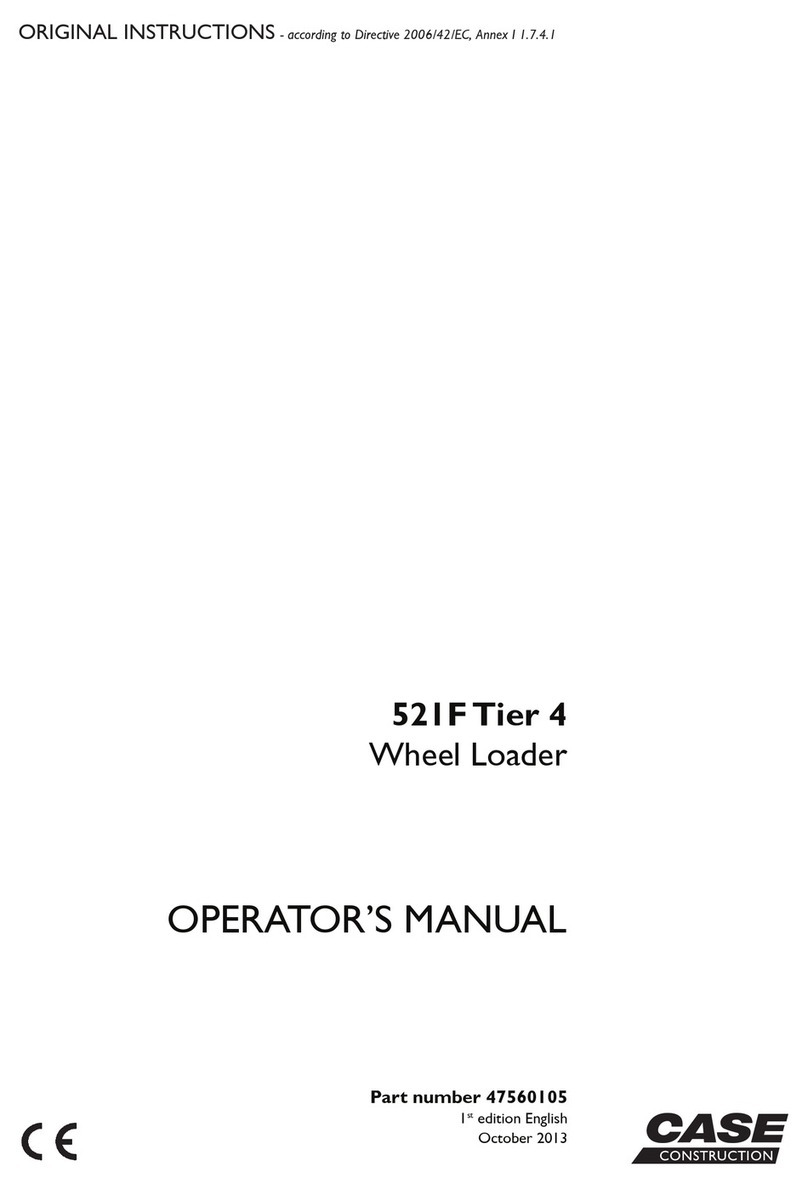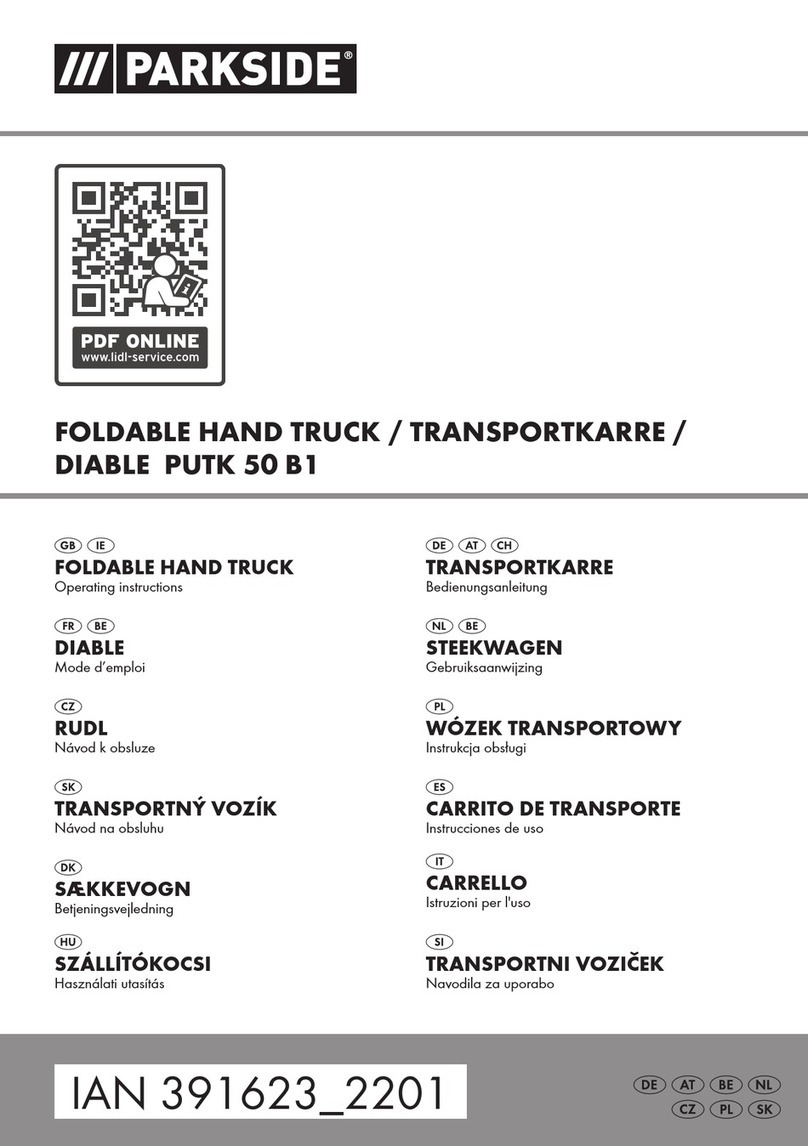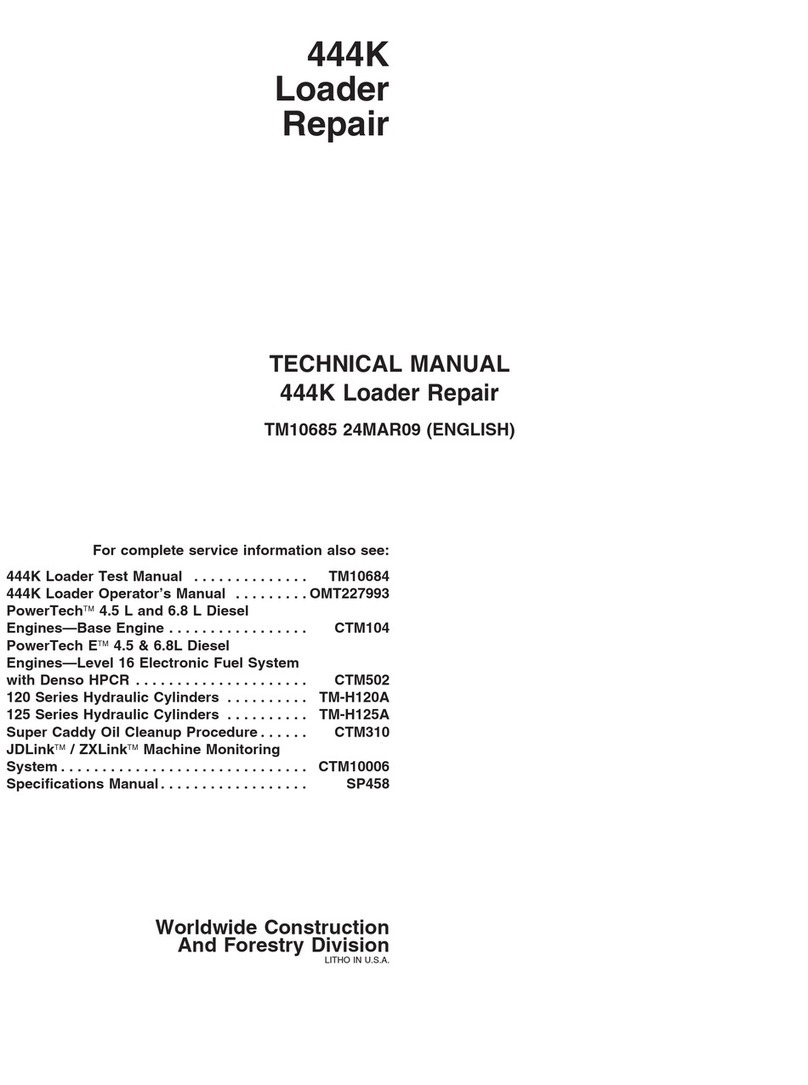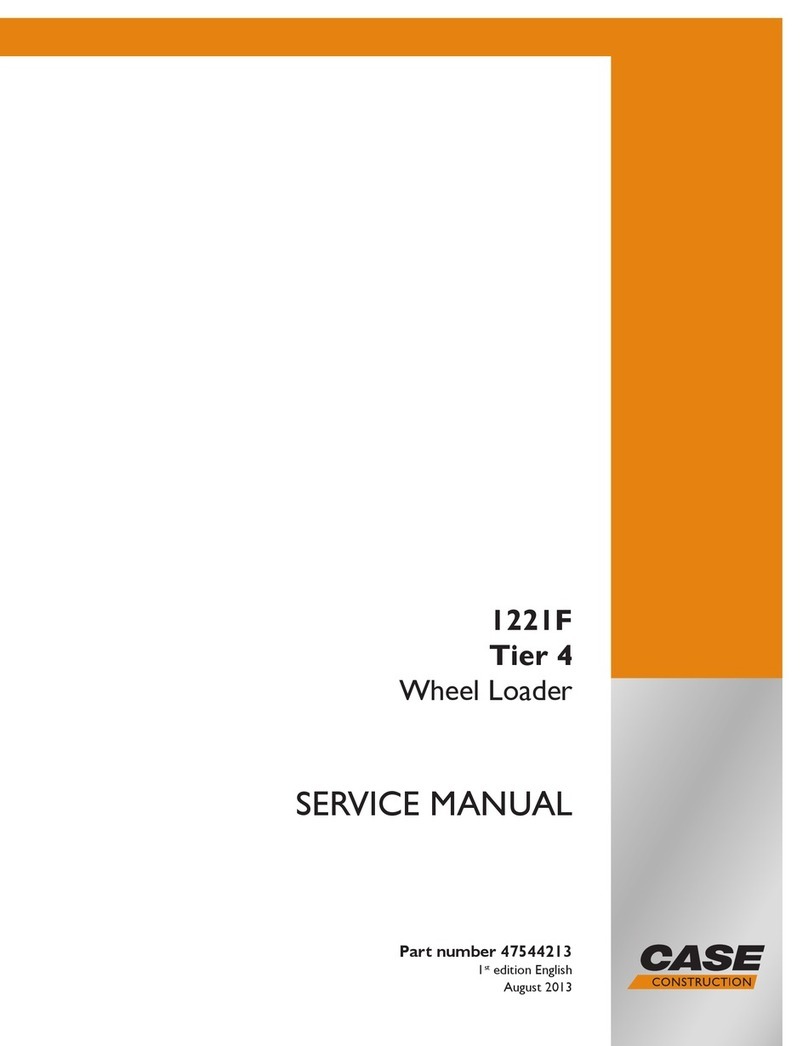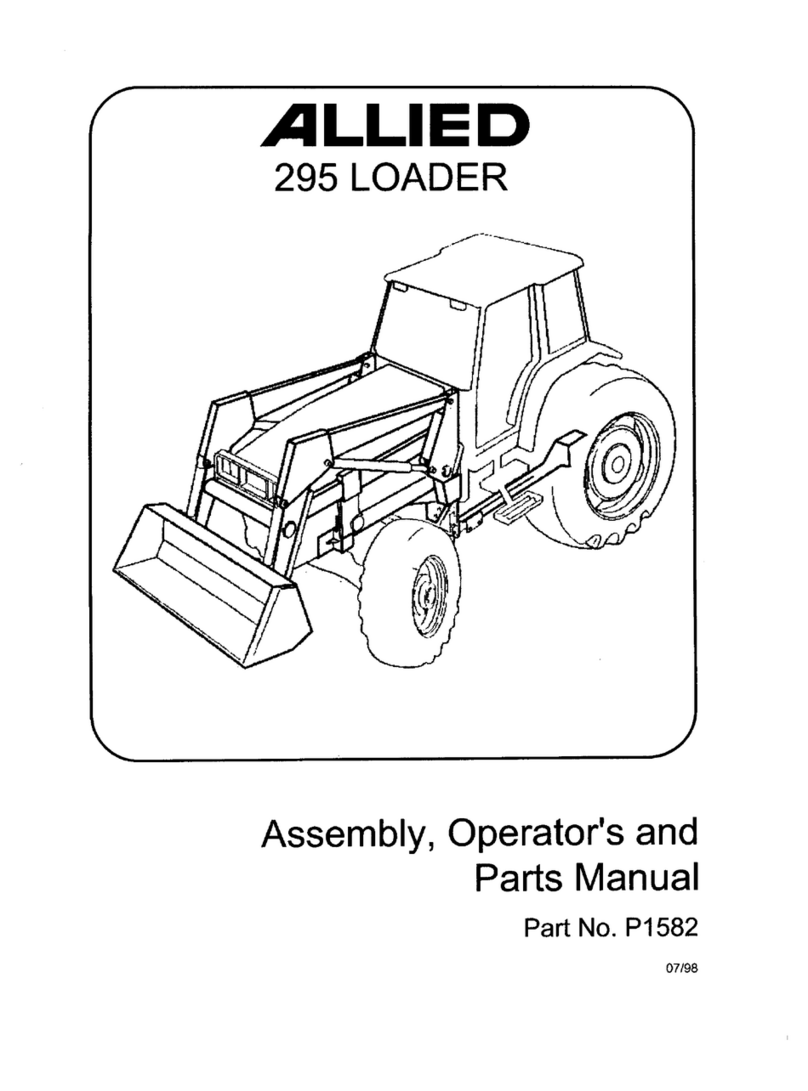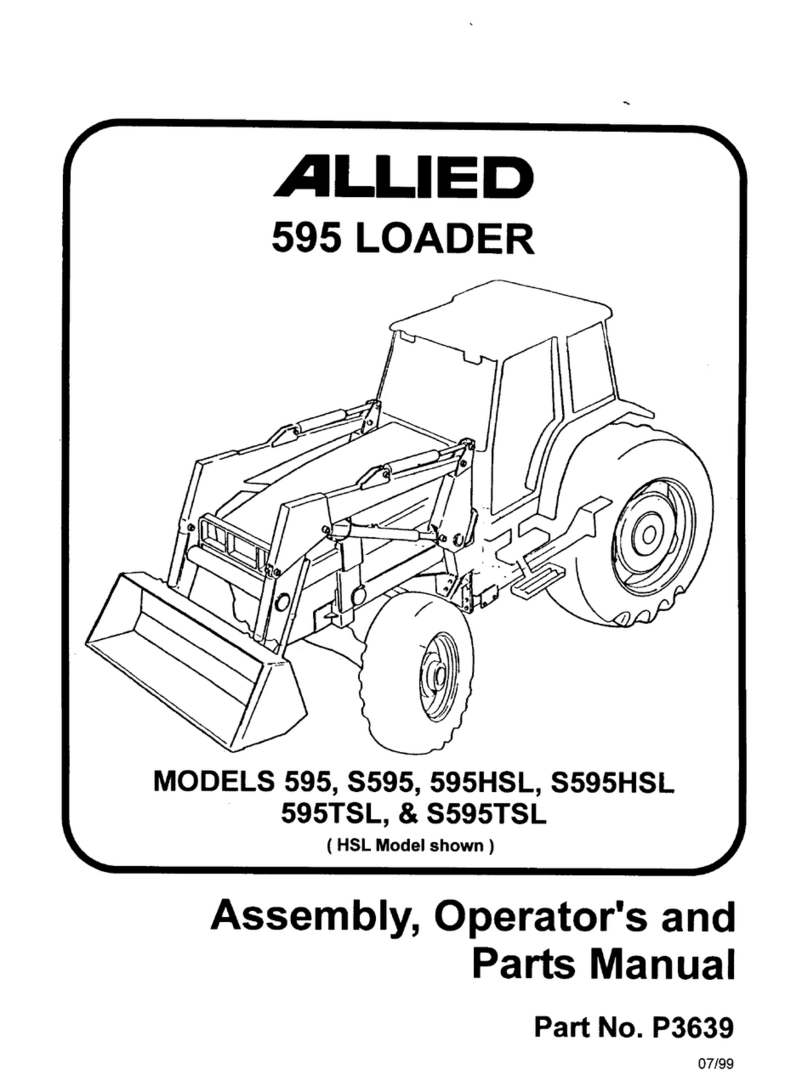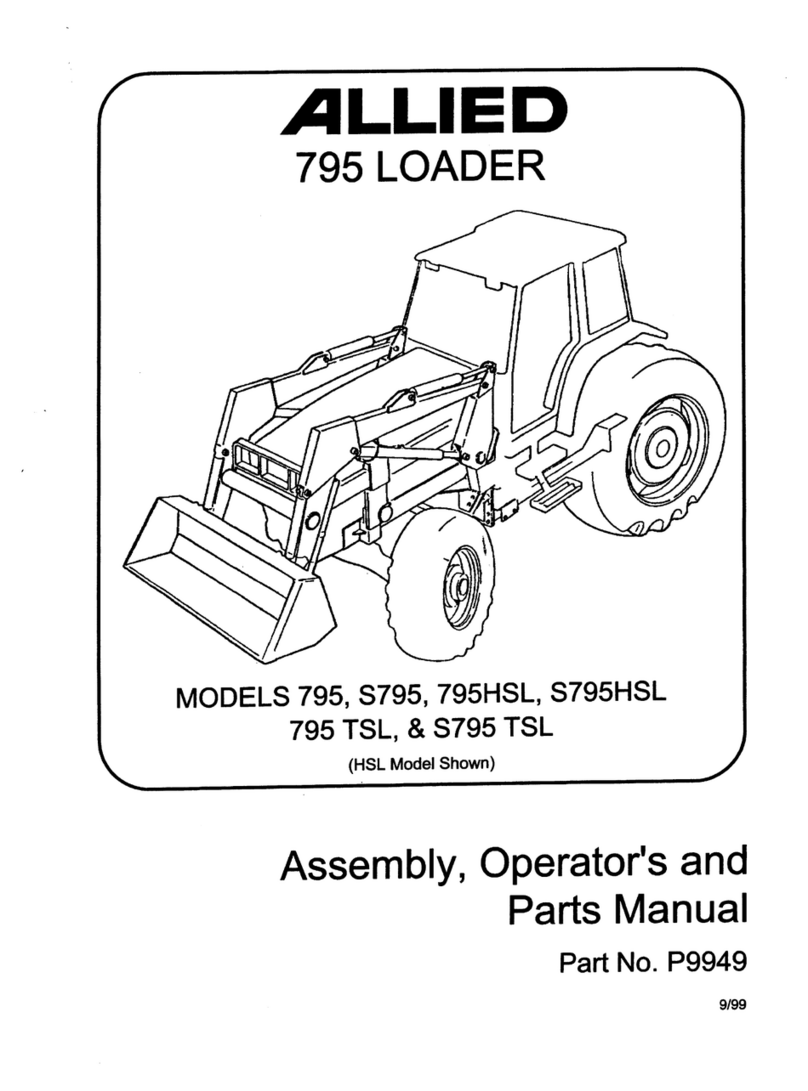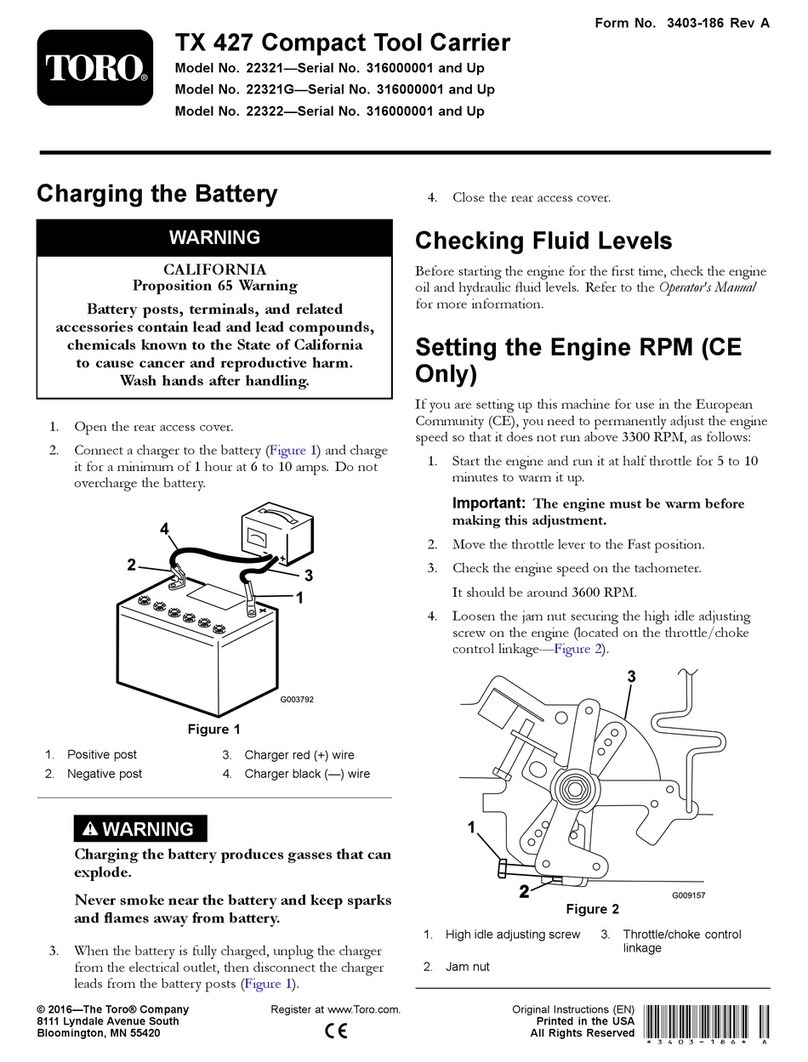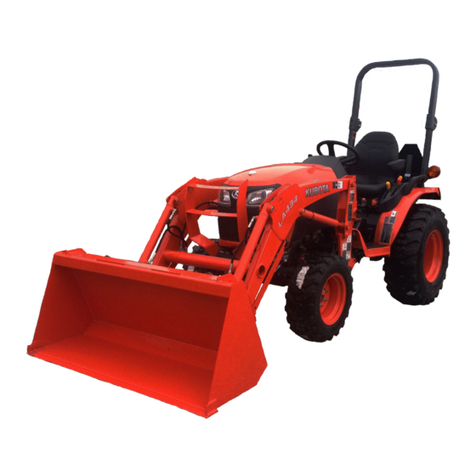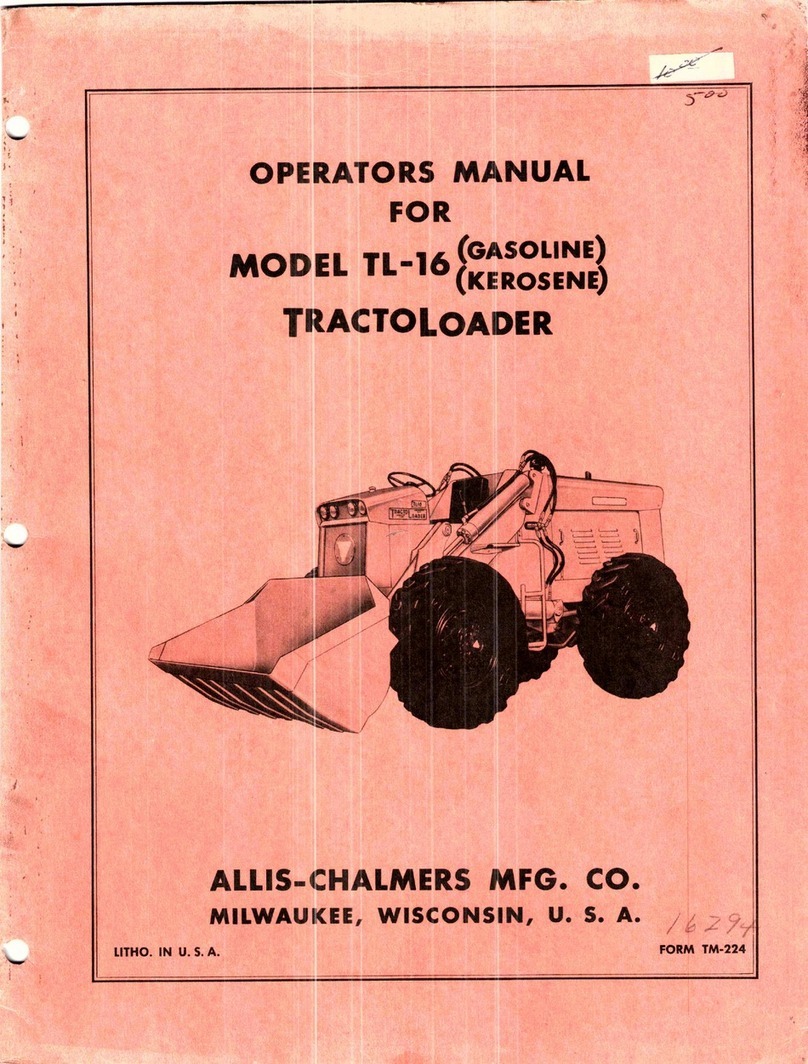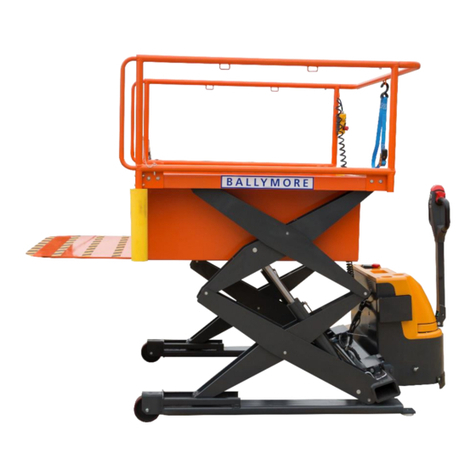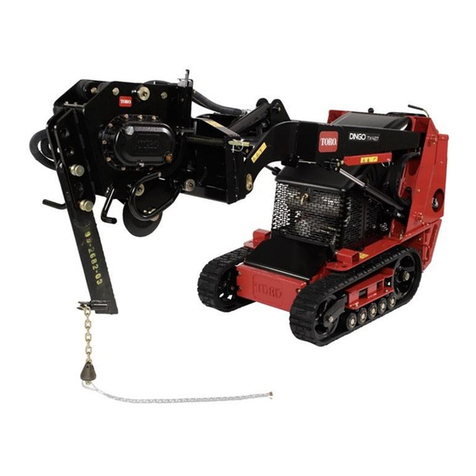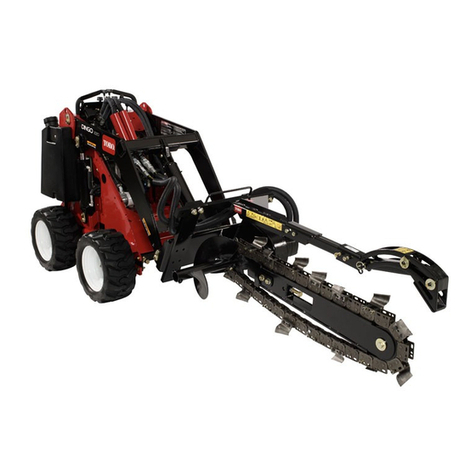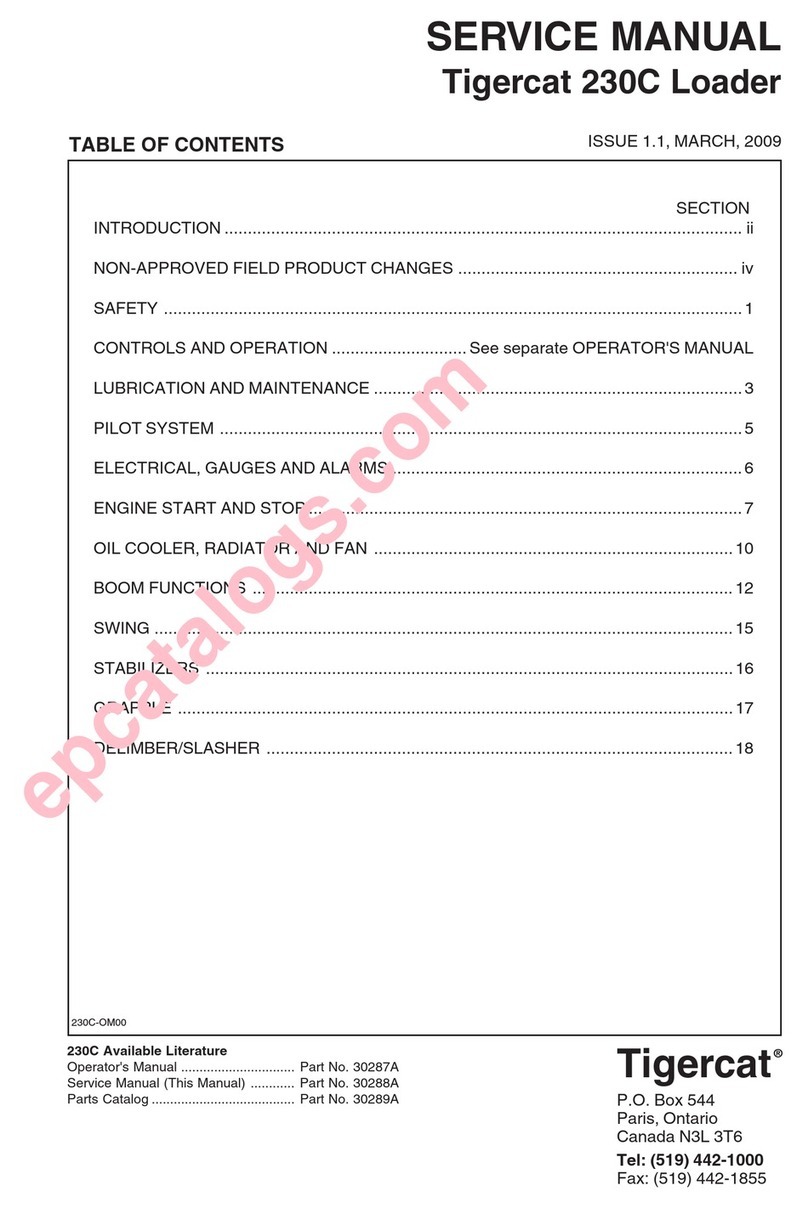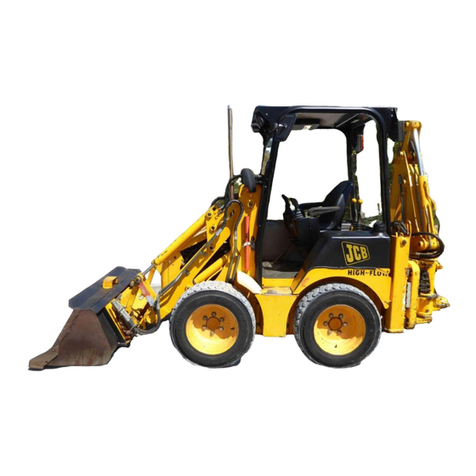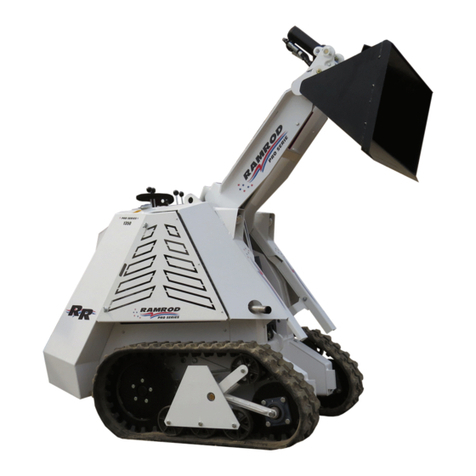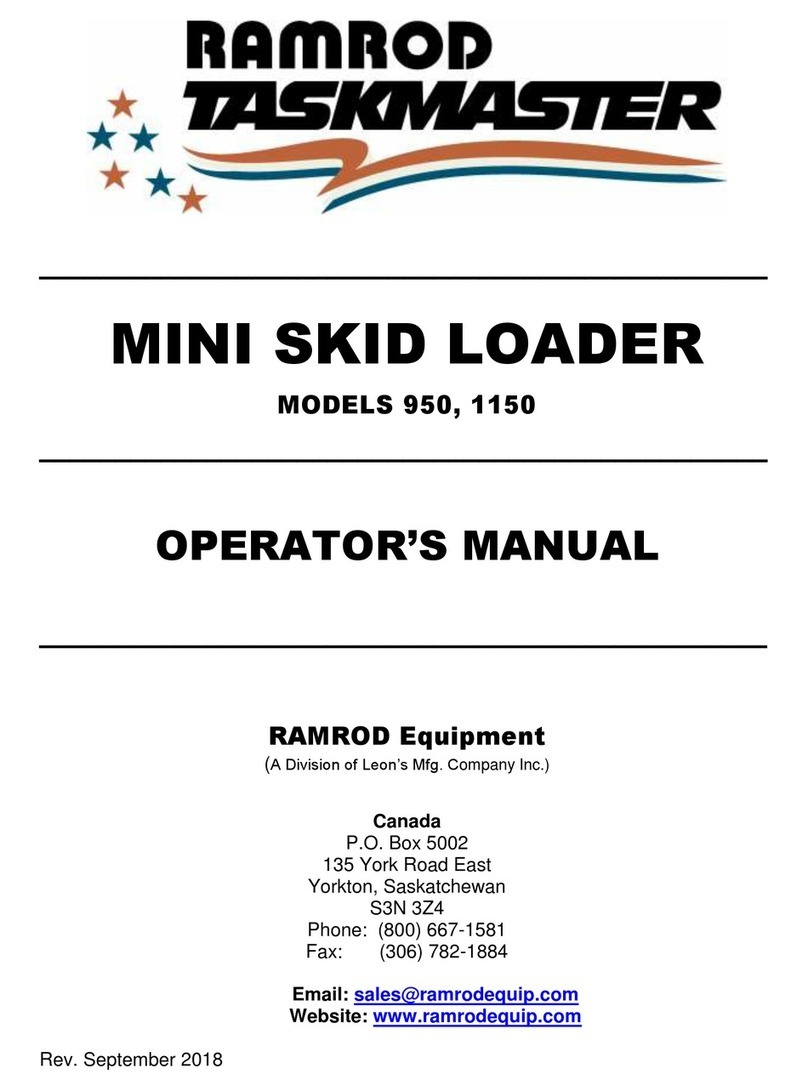
6
Safety
• Never work beneath raised loader unless it
is securely supported. The following are
instructions for the Lift Lock Supports;
-DO NOT USE WHEN TRACTOR IS MOVING.
-DO NOT STORE LIFT LOCK SUPPORTS OTHER THAN WHERE INDICATED.
-REPLACE IMMEDIATELY IF DAMAGED.
-THE BUCKET MUST BE EMPTY
-ALWAYS USE BOTH SUPPORTS
TO DISENGAGE SUPPORTS:
1. RAISE LOADER OFF LIFT LOCK
SUPPORTS.
2. SWING LOCK SUPPORTS UP INTO
STORAGE POSITION.
LIFT LOCK INSTRUCTIONS
TO ENGAGE SUPPORTS:
1. RAISE LOADER PAST LEVEL
POSITION
2. SECURE SUPPORTS INTO
POSITION ON THE CLEVIS AND
CYLINDER SHAFT.
3. SLOWLY LOWER FULL WEIGHT OF
LOADER ONTO SUPPORTS.
IMPORTANT:
Lift Cylinder Shaft
Lift Lock
Support
Clevis
• Do not pivot or turn tractor with bucket raised,
except at a minimum speed. Always make
allowance for length of loader when making
turns.
• Never leave tractor unattended while the
bucket is raided. Always lower bucket to the
ground and shut off before leaving tractor seat.
• Do not walk under raised bucket.
• Never operate loader while operator is not
seated in the driver’s seat on the tractor.
• Keep tractor on solid ground. Loose fill, rocks
and holes can be dangerous for loader
operation or movement.
• Never operate a loader with frayed or damaged
hoses or leaking fittings.
• Add ballast as required to ensure 25% of
gross vehicle weight is transferred to the
rear axle.
• Space rear tires as recommended by
tractor manufacturer. Maximize width
for high lift applications.
• Do not raise bucket to extreme heights
while tractor is on an incline. Carry
loader low for safety. Note in above
illustration how load center moves out
when bucket is raised on a slope. Be
alert for terrain changes and adjust
bucket accordingly. Keep bucket low,
no more than one foot high, as long as
possible.
• Note: A pivoting front axle acts like a
three-wheeled tractor until the stops hit
the axle.
• If lift cylinders are used to raise front
wheels of tractor for service, place
blocks under tractor before working
around front end.
THIS SAFETY ALERT SYMBOL MEANS:
ATTENTION!
BECOME ALERT!
YOUR SAFETY IS INVOLVED!
